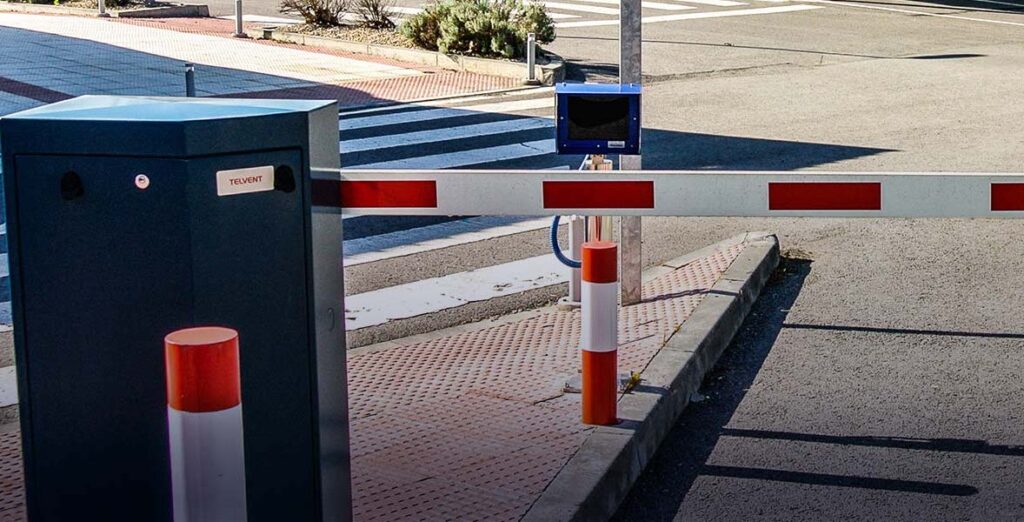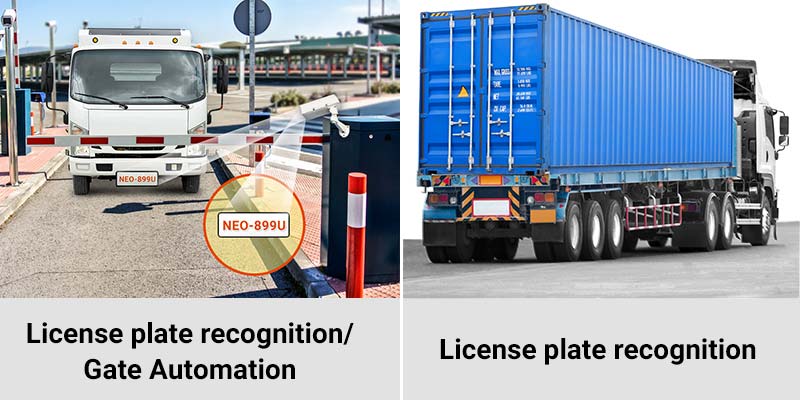
Discover World-Leading Technologies for Ocean Science
Discover cutting-edge solutions from leading global suppliers
Neousys Technology is supporting industrial automation for port operations with its POC controller, improving safety, consistency, efficiency, and productivity.
In major ports worldwide, millions of tonnes of cargo are processed annually. To enhance efficiency and scale up port operations, integrating machine learning and automation is essential.
Systems must be capable of identifying container numbers, truck license plates, hazardous placards, container hull damage, and more to streamline the automated flow of containers in and out of the port.
These systems can also enhance safety by reducing the need for human labor, thereby minimizing exposure to risks, hazardous materials, harsh environments, and long hours that could lead to fatigue.
Problem-Solving
A Neousys client’s applications are located at cargo ports and terminals, where thousands of containers are moved daily. At these locations, the hardware must endure extreme weather conditions while being small and lightweight enough for installation at parking lot gates.
The solution involves recognizing truck license plates, container numbers, and placards, verifying the information, scanning for container hull damage as the containers pass, and managing the boom gate control.
Solution Achieved
The Neousys system is deployed on-site with wireless communication, cameras, and relay actuators. It scans the license plates of trucks entering or leaving the port dock area, as well as the containers. These scans are processed by machine vision software with an accuracy rate of 99%.
When a truck departs the dock, the system scans its license plate and the container onboard. It cross-references the truck and container, and if they match, it activates the boom gate. Neural network image processing algorithms analyze the machine vision data, which is then wirelessly transmitted to a central computer at a remote location.
Role of the Neousys System
The system implementation diagram below illustrates the Neousys POC controller in the local setup. The PoE/USB camera connected to the system is responsible for machine vision, working in tandem with the client’s highly accurate software recognition system. The data collected is processed using deep neural network image algorithms before being sent wirelessly to a remote central system.

At the gate, the local system identifies the truck’s license plate and its cargo. Once verified, a relay signal is sent to the automated boom gate system. This solution helps thousands of vehicles and containers pass through the port area with minimal on-site manpower, operating continuously around the clock.
Benefits of Neousys POC Series
Neousys’ rugged, compact embedded platforms provide several advantages.
Environmental
- Robust systems designed for volatile environmental conditions
- Wide operational temperature range from -25°C to 70°C, suitable for harsh environments
- Compact design for installation in tight spaces
Connectivity/Expandability
- PoE+ connectivity for GigE cameras
- USB3.1 Gen1/Gen2 connectivity for USB cameras
- Secure, screw-lock connection ports for reliable connections
- Wi-Fi 6/Wi-Fi 5/5G/4G wireless communication, expandable via mini-PCIe module
- Patented MezIO expansion for additional USB, PoE, COM ports, and more
Inference Processing Power
- Supports up to dual Google Tensor Processing Units (TPU)
Electrical
- Wide 8 to 35V DC input range
- Configurable intelligent ignition power control











